News
News
ALICE finds that charm hadronisation differs at the LHC
New measurements by the ALICE collaboration show that the way charm quarks form hadrons in proton-proton collisions differs significantly from expectations based on electron collider measurements
LHCb measures tiny mass difference between particles
The result is a milestone in the study of how a particle known as a D0 meson changes from matter into antimatter and back
FASER catches first candidate collider neutrinos
The result paves the way for studies of high-energy neutrinos at current and future particle colliders
RADES joins the hunt for dark matter
One of the latest additions to the CAST experiment has set a new limit on the strength of the interaction between photons and hypothetical dark-matter particles called axions
Why precision luminosity measurements matter
Both the CMS and ATLAS experiments have performed luminosity measurements with spectacular precision
Connecting the smallest and largest scales
The first edition of the EuCAPT annual symposium on 5-7 May saw hundreds of physicists discuss the latest opportunities and challenges in theoretical astroparticle physics and cosmology
NA64 sets bounds on how much new X bosons could change the electron’s magnetism
The result cannot explain an apparent tension with the Standard Model in the electron’s magnetic moment
CERN colloquium on the Laser Interferometer Space Antenna (LISA), followed by a Library Talk event | 29 April
On Thursday, 29 April 2021 at 4.30 p.m., Professor Monica Colpi (Università degli Studi di Milano-Bicocca) will give a presentation on “The Laser Interferometer Space Antenna to Explore the Invisible Universe”
INFIERI International Summer School 2021 | 23 August - 04 September, Madrid
VIth edition of the International Summer School Series on Intelligent Signal Processing for Frontier Research and Industry
ATLAS searches for pairs of Higgs bosons in a rare particle decay
The ATLAS search achieves the world’s best constraints on the size of the Higgs boson’s self-coupling, creating a portal of better understanding into the fundamental Higgs mechanism
